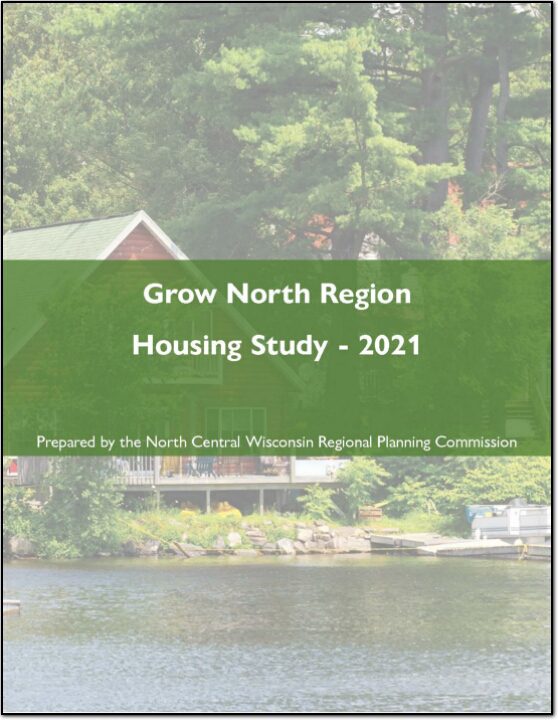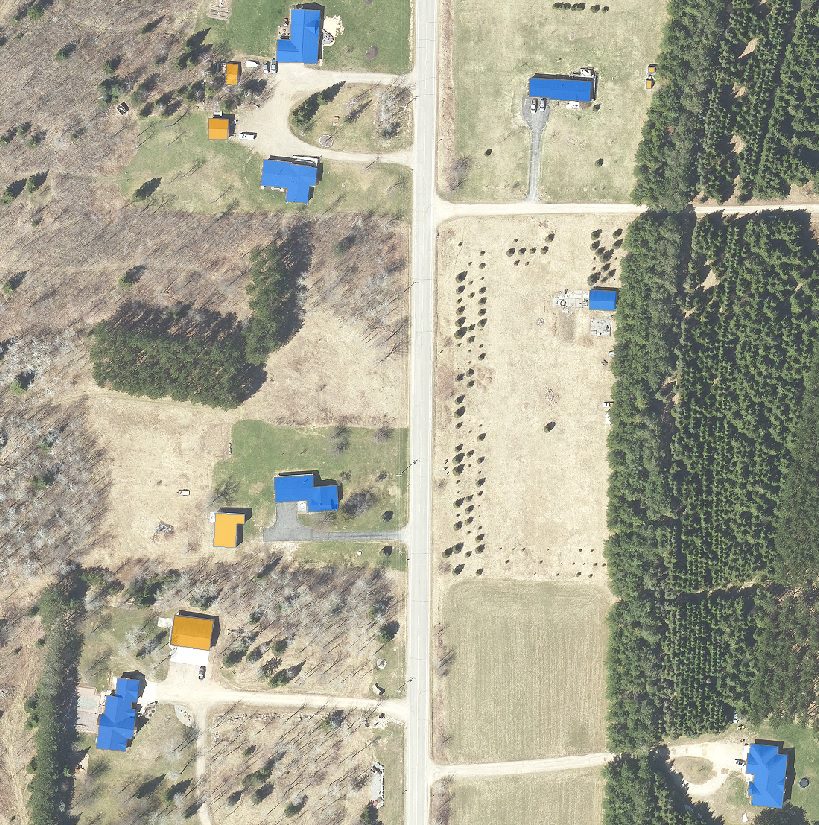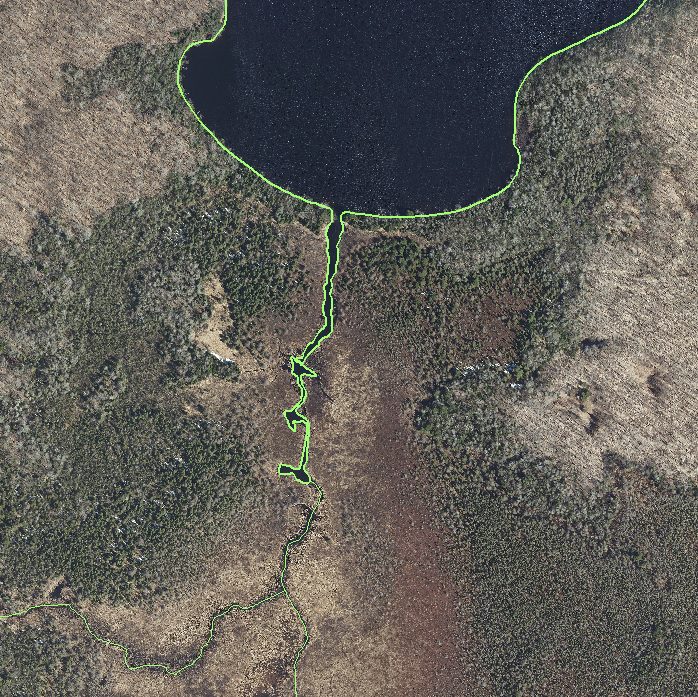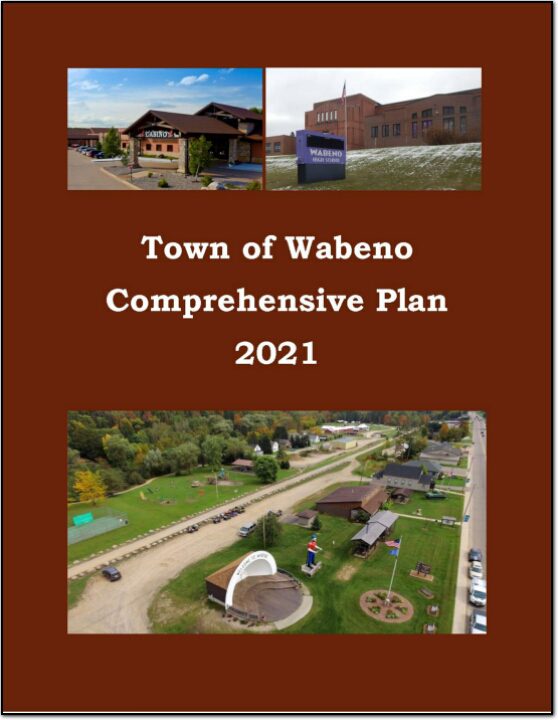We have been creating economy overviews for all ten of our counties along with Centergy and Grow North regions. We have reports from 2018 to 2024 – More information is about EMSI reports HERE. We also have historic reports back to 2013 if you are intrerested.
Forest County Comprehensive Plan 2024
A comprehensive plan is a local government’s guide to community physical, social, and economic development. Comprehensive plans are not meant to serve as land use regulations in themselves; instead, they provide a rational basis for local land use decisions with a twenty-year vision for future planning and community decisions.
The comprehensive plan law (§66.1001 WI Stats. Adobe PDF 113 KB) defines the contents of a local comprehensive plan as a combination of nine chapters—Issues & Opportunities; Natural, Cultural, & Agricultural Resources; Housing; Transportation; Economic Development; Land Use; Utilities & Community Facilities; Intergovernmental Cooperation; and Implementation.
According to §66.1001 WI Stats., if a town, village, city, or county engages in official mapping, subdivision regulation, or zoning, those actions must be consistent with that community’s comprehensive plan. This plan is an update of the 2011 Comprehensive Plan adopted by the county.
Mole Lake All Hazards Mitigation Plan 2024
Tribes are required to make mitigation plans as a result of the federal Disaster Mitigation Act of 2000 (DMA2K). This Act put a national priority on hazard mitigation by requiring mitigation plans in order to be eligible for disaster mitigation grant programs from FEMA. Mole Lake has developed a plan to meet these requirements and maintain mitigation grant eligibility. This in no way obligates or commits the tribe or any local jurisdiction.
The plan is intended to assist in the reduction or elimination of long-term risk to people and property from natural disasters. Hazards covered in the plan include flooding, tornadoes, temperature extremes, wildfire and others.
Make comments about the plan here.
(Email link to submit comments on this plan.)
Forest County Economic Profile 2024
Every few years, NCWRPC updates basic demographic and economic development information in the form of County Profiles, which provide a snapshot of current economic trends and opportunities for economic growth. Included is a map of business park locations where acreage is available as well as contacts for various economic development agencies and programs.
Forest County Economic Profile 2022
Every few years, NCWRPC updates basic demographic and economic development information in the form of County Profiles, which provide a snapshot of current economic trends and opportunities for economic growth. Included is a map of business park locations where acreage is available as well as contacts for various economic development agencies and programs.
Grow North Region Housing Study – 2021
Housing is a crucial component of livability and is critical for regional and local prosperity. Communities that can offer a variety of housing types that are affordable across a wide spectrum of income levels are significantly more capable of providing the conditions necessary to attract and retain residents of all life phases. Housing impacts more than just residents, as housing also impacts transportation, employment, economic development, land use patterns, and communities themselves. The connection between housing and work is a fundamental function of any transportation system, as many workers are required to travel to their jobs. This relationship between housing, employment, and transportation guides land use decisions, and fosters economic development and a sense of community within communities and the
Region.

Forest County Building Mapping
Delineation of building outlines from orthoimagery. Map all buildings from 2020 imagery to be used in county 911 system. Projected project completion June 2022.

Forest County Hydro Mapping
Enhance the Forest County GIS hydrology layer through the utilization of LiDAR and imagery data by the GIS team, ensuring the accurate update of stream and water body delineations. Anticipated project completion by June 2022.

Wisconsin Regional Orthoimagery Consortium (WROC)
The Wisconsin Regional Orthoimagery Consortium (WROC) is a multi-entity group. The goal of the consortium is to build and sustain a multi-participant program to acquire digital orthoimagery and elevation data throughout Wisconsin. The WROC approach brings a number of potential benefits to participants including cost savings, specifications and standards support, customized datasets, data sharing between members and partners, and procurement support.
Next round
The next round of WROC is underway. North Central Wisconsin Regional Planning Commission (NCWRPC) will once again coordinate and lead the Consortium. In 2021, the RPC extended its agreement with Ayres Associates to facilitate the Consortium and provide geospatial services to its members and partners.
There will be options for participation in 2023, 2024, and 2025. A number of member counties will be going to a 3-year cycle starting in 2023. Another group of counties will fly in 2024.The largest group will participate again in 2025, keeping the consistency of the 5-year cycle. Member counties flying in 2023, 2024, and 2025 will be eligible for partner funding.
The aerial mapping services provided under WROC will continue to evolve to meet the needs of local government members and partner organizations. This will be achieved through a coordinated, county-by-county approach over the next three years, with participation peaking in 2025. Program representatives will work with all private, federal, and state partners to build the program into regional datasets. WROC has a stated goal of achieving statewide coverage by the end of 2025.
WROC representatives will be hosting meetings across the state to discuss the consortium approach and participation options for 2023-25. If you are interested in meeting, please contact program managers Andy Faust or Zach Nienow
Town of Wabeno Comprehensive Plan 2021
In the fall of 2020, the Town initiated a process to update its 2010 plan. The state planning law – 66.1001 – requires that a comprehensive plan be updated every ten years. A variety of Plan
Commission meetings were held over the course of 2020 and 2021 to prepare the plan. A final Plan Commission meeting was held in early 2021 to review the final draft and recommend adoption of the plan by the Town Board.
